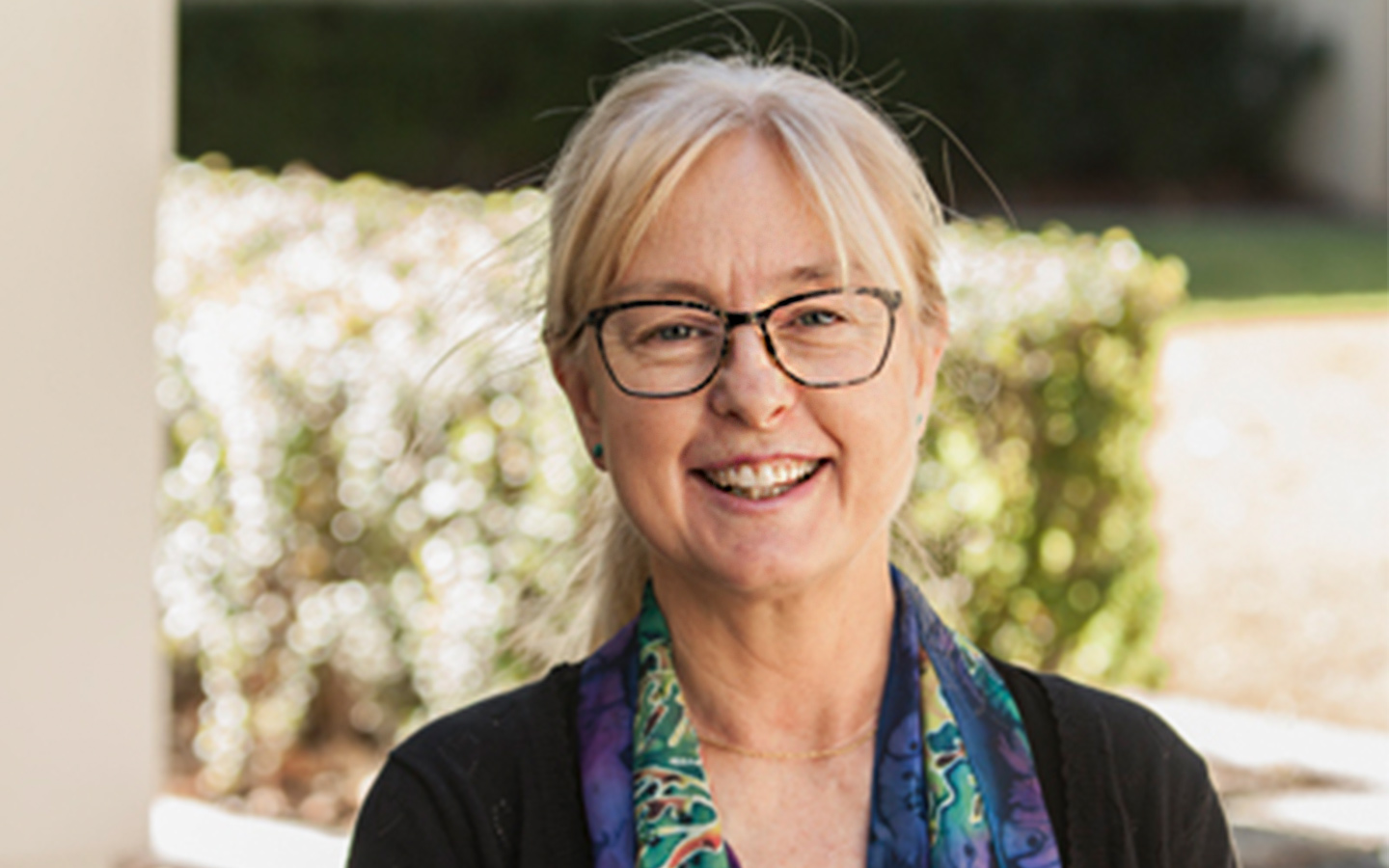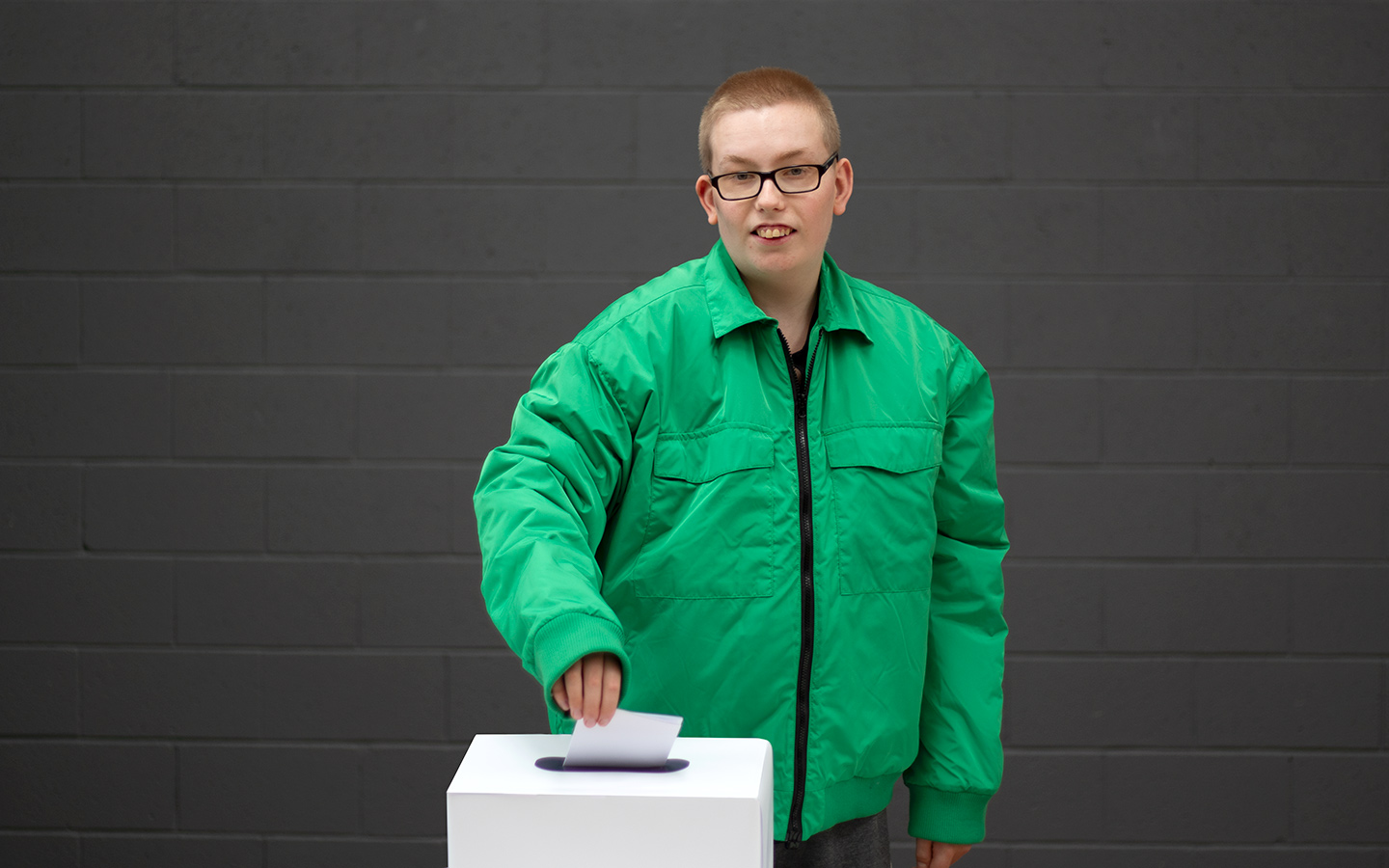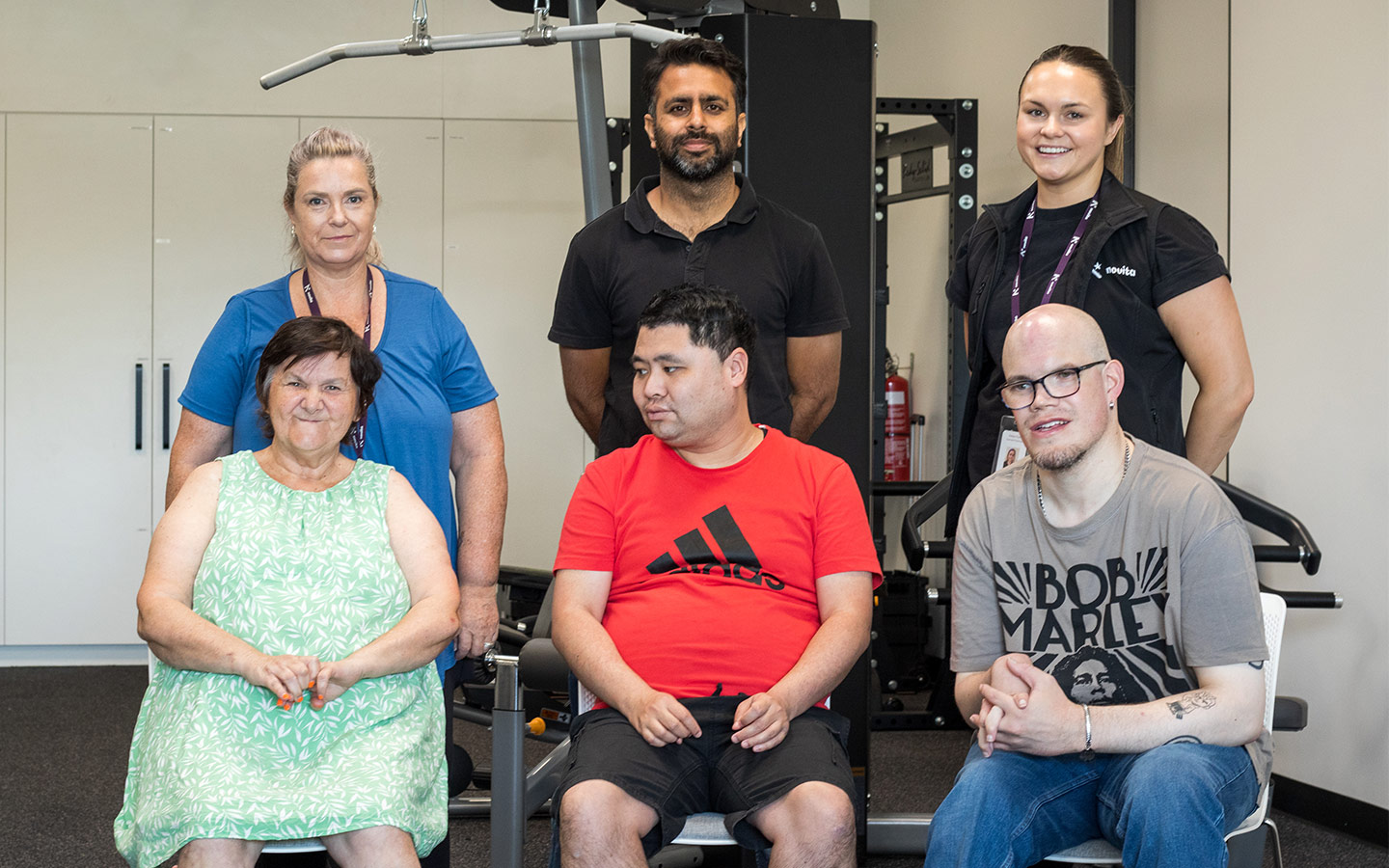Helpful Information
Research project finds social and mental health benefits for boys using powered standing wheelchairs
access_time5min read

Important research supported by Novita has found that quality of life for boys living with Duchenne muscular dystrophy can be improved through the use of powered wheelchairs that enable them to stand.
Duchenne muscular dystrophy impacts the strength of muscles. It mainly affects boys, and as they grow older their motor skills such as standing and walking become more difficult. They then rely on a wheelchair for their mobility and independence.
Associate Professor Jenny Downs, Principal Research Fellow at the Telethon Kids Institute recently completed three research projects – including The Development of Guidelines to Assess and Identify the Suitability of a Powered Wheelchair Standing Device for individuals with Duchene Muscular Dystrophy – aimed at developing guidelines for prescribing powered standing wheelchairs for boys.
Novita therapists and clients supported the research project.
As wheelchair technology continues to develop, Associate Professor Downs says we need to have evidence that they are providing the right support for living, especially for boys living with Duchenne muscular dystrophy.
“Today’s powered standing wheelchairs have a joystick which enables the user to change the position of the wheelchair from a sitting to a standing position. They are very easy to use and require very little muscle strength,” she says.
“These devices might be valuable for a range of conditions such as spinal cord injury, cerebral palsy, as well as neuromuscular disorders – but the one I was most interested in was Duchenne muscular dystrophy, because the boys living with it lose their ability to stand just when they are becoming teenagers.
“The research project found that boys use the standing wheelchairs not just to manage their pain and to relieve discomfort, as well as moving and stretching, but they are also important devices for standing activities, such as toileting.
“The wheelchairs are also particularly valuable for different social situations – for games and events where standing was part of the social activity.
“So the use of the powered standing wheelchairs was not just about a physical change of position, it was used for activities and participation in the home, at school, and in the community. That was a really important finding because that’s how our interventions ought to enable a better quality of life.
“The other evidence that we were able to generate was that having the wheelchair meant that the boys had measurably better mental health.
“As a child you’re given a wheelchair, and that is something new to cope with and grapple with, but this device – while being a wheelchair – also has the capacity to do different things, and we did observe that the boys had improvements to their mental health after they started using these wheelchairs.”
Associate Professor Downs says the research project findings have been taken to a specialist panel of experienced therapists from Australia and around the world to develop a consensus statement of guidelines for the prescription of powered standing wheelchairs for boys living with Duchenne muscular dystrophy.
Novita Practice Leader Kerry Evans says the guidelines are already proving to be an important tool for Novita’s therapists and Assistive Technology specialists.
“Our support for this research project involved asking some of our clients and families, as well as some of our prescribing and primary therapists who work with boys living with Duchenne muscular dystrophy, a number of key questions about the use of powered standing wheelchairs to help inform the development of the guidelines,” says Kerry.
“We have now circulated the information so our therapists have access to it and can use it when they are considering a powered standing wheelchair for a client.
“The powered standing wheelchairs are very expensive, and that’s why research and trials are so important, and also why Associate Professor Downs’ project has been important. You don’t want to prescribe a powered standing wheelchair and then find it’s not being used to its full potential or is not delivering the maximum benefit for the user.”


